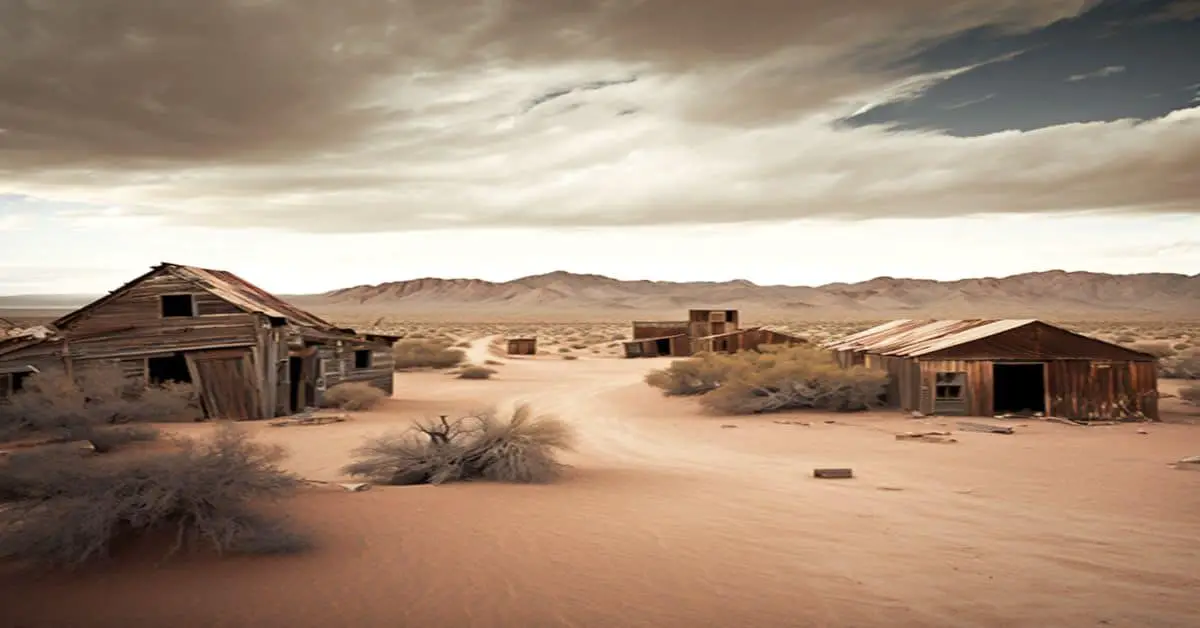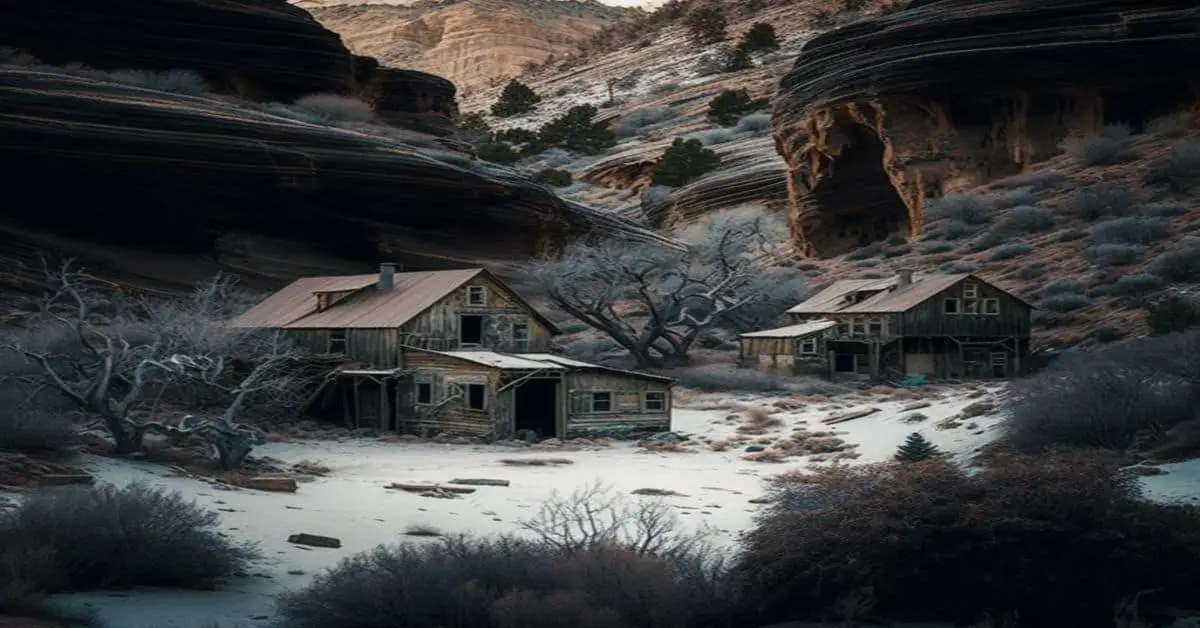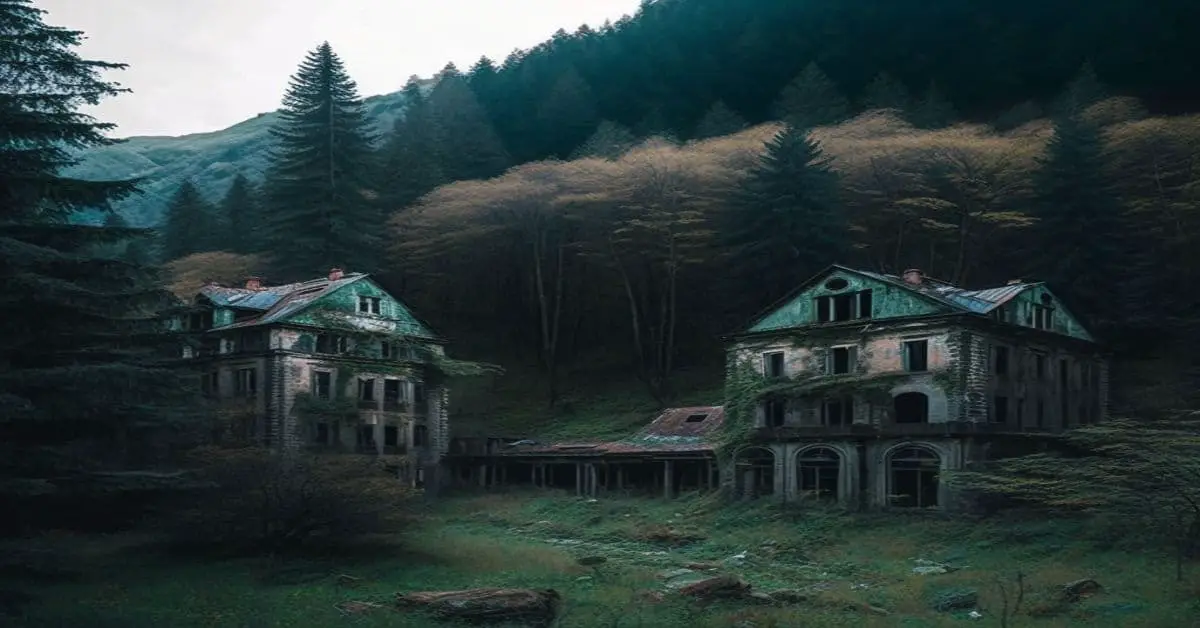Death Valley Junction, a small town in the heart of California’s Death Valley National Park, is a testament to the resilience and creativity of small communities. Once a bustling mining town, the area became a ghost town until its inhabitants’ artistic flair brought it back to life.
Today, Death Valley Junction is a hidden gem that captures the essence of history and art uniquely and captivatingly. The town’s most famous landmarks include the Amargosa Opera House and Hotel and Marta Becket’s dance theater.
The Amargosa Opera House and Hotel is a historic building built in 1923. It served as a hub for the mining community until it was abandoned in the 1960s. It was then discovered by a talented artist, Marta Becket, who transformed the building into an opera house and theater.
Today, the Amargosa Opera House and Hotel is a popular tourist destination that attracts visitors from all over the world who come to experience the unique blend of history and art that Death Valley Junction has to offer.
Key Takeaways
- Death Valley Junction has a rich history that dates back to the early 1900s when it began as a tent town and later became home to mining activities by Pacific Coast Borax.
- The Amargosa Opera House and Hotel, built in 1923 as a hub for the mining community, was transformed into an opera house and theater by Marta Becket and is now a popular tourist destination.
- Marta Becket’s Theater of dance, which opened in 1967 and still operates, features intricate murals painted by Becket and showcases her love for the art of dance.
- Death Valley Junction is a testament to the resilience of small communities and their ability to adapt and find new sources of income, and represents a place where history and art come together in fascinating ways.
History and Origins
The history of Death Valley Junction can be traced back to the early 1900s when it began as a tent town. The discovery of new mines in 1915 led to the incorporation of Death Valley Railroad, which built a line eastward and brought about the construction of civic facilities. As the town developed, milling facilities for borax were added to the local economy.
Pacific Coast Borax moved its mining activities to the area in 1927, further boosting the town’s growth. Despite the economic challenges brought about by the Great Depression, the town continued to thrive. The creation of Death Valley National Monument in 1933 brought in tourists, and the town’s resilience was further demonstrated when it continued to grow after the Death Valley Railroad ceased operations.
The history of Death Valley Junction is a testament to the enduring spirit of small towns and the role that mining played in their development.
Attractions and Landmarks
Amidst the abandoned buildings and rail yards, visitors can explore the historic Amargosa Opera House and Hotel, once a hub of activity in Death Valley Junction. The hotel, built in 1923, was a comfortable resting place for railway workers and miners. It was also a popular social gathering spot in the town, boasting a restaurant, bar, and dance hall.
Today, the Amargosa Opera House and Hotel is a testament to the town’s past and offers visitors a glimpse into the lives of those who once called it home. The hotel is not the only attraction in Death Valley Junction. Visitors can also marvel at the Marta Becket’s dance theater, which opened in 1967 and still operates today.
This unique theater features intricate murals painted by Becket herself and hosts performances that showcase her love for the art of dance. Other fascinating buildings and rail yards can also be explored, offering a glimpse into the town’s past and role in the local economy.
Significance and Legacy
One can appreciate the resilience of small towns in the face of economic challenges by exploring Death Valley Junction’s attractions and landmarks. Despite the decline of the town’s mining industry and the impact of the Depression on tourism, Death Valley Junction persevered and continued to attract visitors with its unique charm. The town’s ability to adapt and find new sources of income, such as Marta Becket’s theater of dance, is a testament to the resilience of small communities in the face of adversity.
In addition to its economic resilience, Death Valley Junction represents a place where history and art unite. Marta Becket’s theater of dance, which she built and decorated herself, is a stunning example of artistic expression in an unexpected location. The town’s other buildings and rail yards are also fascinating examples of the intersection of history and art.
Death Valley Junction’s legacy is not just one of perseverance, creativity, and artistic ingenuity.
Frequently Asked Questions
Are there any ghost sightings or supernatural occurrences reported in Death Valley Junction?
No empirical evidence supports claims of paranormal experiences or haunted history in Death Valley Junction. At present, local legends and supernatural folklore cannot be substantiated and are likely fabrications or exaggerations.
What is the current population of Death Valley Junction?
The current population of Death Valley Junction is unclear, as the town is considered a ghost town. Local infrastructure includes the Amargosa Opera House and Hotel, Marta Becket’s theater of dance, and historic buildings and rail yards.
Has any famous artist or celebrity visited Death Valley Junction in the past?
Like a shooting star in the night sky, famous visitors have graced Death Valley Junction with their presence. From Hollywood royalty to renowned artists, the town’s artistic inspirations continue to attract creative minds from all walks of life.
Are there any unique local cuisines or dishes found in Death Valley Junction?
Local cuisine options in Death Valley Junction are limited, but the Amargosa Opera House and Hotel offers a restaurant with American-style dishes. There are no known food festivals in the area.
What is the climate like in Death Valley Junction, and is there a specific time of year that is best for visiting?
Death Valley Junction has a hot desert climate, with summer temperatures exceeding 100°F and mild winters. The best time to visit for outdoor activities is in the fall or spring. Top attractions include the Amargosa Opera House and Marta Becket’s dance theater. Exploring the surrounding area offers scenic drives and hiking opportunities.


